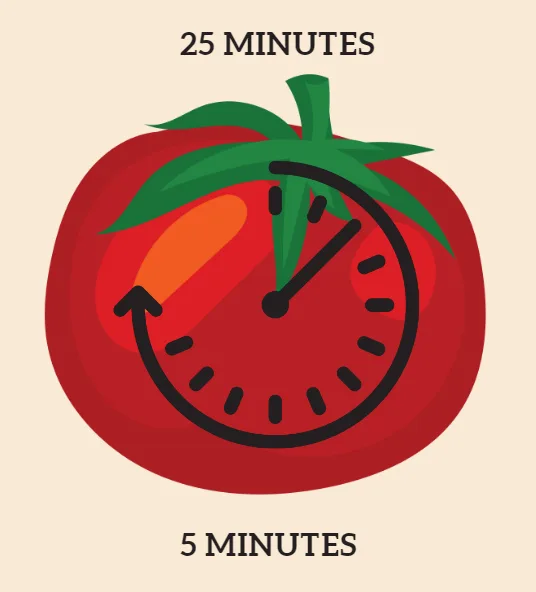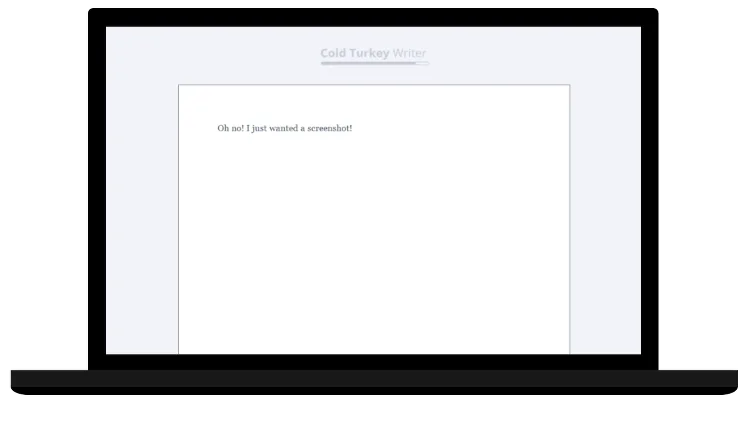The Best Writing Productivity Strategies
S.R. Beaston
Crafty with words, wit, and wisdom, just add caffeine to make it more interesting.
As a writer, you've likely faced the challenges of time management and productivity. Whether writing is your full-time job or a cherished hobby squeezed between other commitments, finding enough time and motivation to meet your word count can be tough.
Having struggled with this issue myself, I've found several strategies to overcome these hurdles. While not all of them may align with my own unconventional writing habits, I hope some of these tips will benefit your writing style and help you stay productive on your journey.

Tips for Peak Productivity
1. If you have the flexibility, learn what time of the day your brain is most active and creative. Some writers can write best shortly after waking up, while others need the world to be asleep before writing their first word.
2. If your time is limited, make a small and easily accessible list of things that get you in the mood to write quickly, be it a music playlist, a video about writing, themed stationery, etc.
3. Have a designated writing space. Being in a specific place to do a specific thing prepares your mind to do it with little resistance.
4. Try to have a schedule. As much as some of us resist the idea of a routine, it really helps you prepare and keep productive.
5. Communicate to your network of people when you need to be left alone.I often sit around waiting for a reason to not be productive, and what better way than to blame someone else interrupting me.
6. Only use one screen if you are writing. It’s becoming more common to dual(+) screen, which allows for distractions and doom scrolling while giving the impression that you are being productive.
The Pomodoro Technique
As you may have seen multiple times here, the pomodoro method is a popular strategy for productivity. Created by university student Francesco Cirillo, the $ Pomodoro Method$ is designed for you to stay focused while avoiding burnout or mental fatigue. It’s also extremely flexible.

The initial method is to take a task, (in this case, writing) and set the timer for twenty five minutes. After those twenty five minutes are up, you take a five minute break to do anything but that task. It’s advised to do something more mobile: walk around, stretch, get some sun.
After those five minutes are up, you are back to that task for another twenty five minutes. You do this process four times before you take a longer break, anywhere from fifteen to thirty minutes.
This technique was created to help with studying, as it’s easier to learn and retain information in spurts like this, but as its popularity grew, its rules also changed. Play around with the time to find the peak productivity. As of right now, mine is thirty minutes of writing and ten minutes for a break.
Writing Sprints
Similar to the Pomodoro method, writing sprints are a time-based productivity strategy where you set a specific duration to write. The key difference is in the goal: while Pomodoro can be used for writing, editing, or plotting, writing sprints focus solely on maximizing word count during the allotted time.
This method is particularly effective for first drafts, where the emphasis is on writing. Editing shouldn’t be a thought and the plotting should already be complete. Writers often turn it into a game, so joining a writing group and challenging each other on word count can be a fun and motivating approach.
Time Tracking
Time tracking is just what it sounds like: keeping track of your time. It's a common practice in work environments to record employees' working hours, but you can adapt this concept to your writing routine as well.
To find your optimal writing times, track your daily schedule for a week, noting how your time is spent down to the hour. Even without a strict schedule, you'll likely spot patterns in your day. Find the downtime or any potential ‘wasted’ time (scrolling on your phone, watching tv, basking in existential dread) and consider using these periods to write instead.

You can also set writing goals based on this form of tracking. You can aim to write for a certain number of hours each week or monitor your progress to see if you meet your word count in a timely way. Habits often form over the course of a month, so consistency is key. By tracking when and how long you write, you’ll gain great insight into your writing patterns and optimize productivity.
Task Batching
Task batching is where you group similar tasks together and complete them in one focused time block. For example, if I have several articles to write, I can draft all of them in one session using task batching. I may then revisit them the next day and revise them all.This approach can also apply to writing a novel. You might batch tasks such as plotting, writing scenes, and addressing plot holes, or even switch between different writing projects within the same genre.
Many people find this method effective because, as I often say, multitasking isn’t a real thing. Okay, this isn’t scientifically proven, but it is said that our brains function more efficiently when concentrating on one task at a time.
As someone with ADHD and other challenges that can make focusing difficult, I understand that task batching can be a struggle. However, pursuing any hobby or self-indulgent career requires discipline and effort. By understanding your cognitive capacity and using it to tackle similar tasks in one chunk of time, you can enhance your productivity and achieve time sensitive goals.
Cold Turkey Writer
$ Cold Turkey$ is a popular and highly recommended program to help with productivity, time management, and focus.
With its spin-off program, $ Cold Turkey Writer$ , you can turn your monitor into a white screen with a blinking cursor and nothing else. Once you’ve set your word count goal, it locks you out of your computer until that goal is achieved. Simple, but effective, especially if you are prone to distraction.

Goal Tracking
Having a goal and tracking its progress is a great way to stay motivated while seeing tangible evidence that you are moving forward. This strategy has been implemented in various creative ways, be it websites like NaNoWriMo or simple bullet journaling your progress.
Writing programs have since caught on and have taken on this popular and helpful practice into their software.
$ NovelPads goal tracking feature$ is designed to boost productivity by helping you set and achieve specific writing targets. You can establish personalized word counts and their graph will monitor your progress with project milestones and time spent writing. By setting clear, attainable goals (that you have learned about yourself with some time tracking), you can maintain focus and stay motivated throughout your writing journey.
NovelPads monthly graph chart provides visual progress indicators with a weekly writing schedule adjuster, telling the graph what your workflow consists of for that week and it will adjust accordingly.
This method, no matter how you use it, is invaluable information for your productivity.
Though these are some of the most effective means of productivity in writing, no brain is the same. What works for some may not work for others. Unfortunately, writing is only a small part of being a writer. Most of it is simply trial and error on the best ways to go about it. But hey, if you’re looking for how to be more productive, you are already on a good path!
Like what you're reading?
Join other authors like you in NovelPad’s free writing community!
Join the communitySimilar Posts
What File Formats are Accepted by Kindle Direct Publishing?
File types for ebooks, paperbacks, and hardbacks on Amazon's KDP.
Ollie Ander
Is probably just a couple cats in a trench-coat—the hair shedding and sunlight napping are highly suspect.
How To Write Strong Atmosphere In Stories
7 best tips for creating strong atmosphere in your writing.
Hannah Lee Kidder
NovelPad Author
How long is a fantasy book? Words, pages, chapters, scenes, & prologues
What should wordcount goals look like for a fantasy novel?
S.R. Beaston
Crafty with words, wit, and wisdom, just add caffeine to make it more interesting.
How long is a Science Fiction Book?
How many words, chapters, and pages should be in your sci-fi novel?
Ollie Ander
Is probably just a couple cats in a trench-coat—the hair shedding and sunlight napping are highly suspect.
What’s the Difference Between a Novel and Novella?
What distinguishes the novel from the novella?
Ollie Ander
Is probably just a couple cats in a trench-coat—the hair shedding and sunlight napping are highly suspect.
When is the best time to publish a horror novel? [Peak Sales Method]
Make the most of your horror book launch by strategizing with these tips.
Bella Rose Emmorey
book editor, rogue behaviorist, digital marketer, writer, brand builder, plant aunt, and cheese enthusiast.